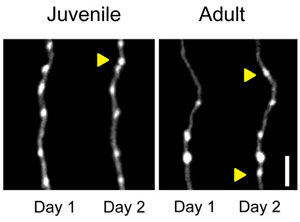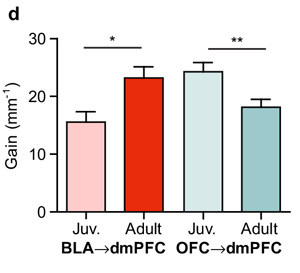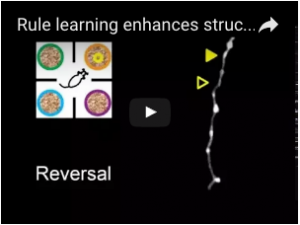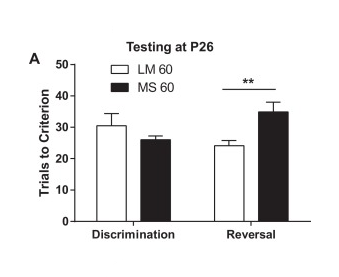News Coverage on Nature Comms Article
Christopher Bergland, How Does Your Brain Learn Through Trial and Error? Problem-solving and critical thinking can rewire the orbitofrontal cortex (OFC), Psychology Today, Mar. 6, 2016.
In a groundbreaking discovery, neurocientists at the University of California, Berkeley, have captured brain images of active learning in real-time by photographing the brains of mice as they learn how-to problem solve through trial and error.
Yasmin Anwar, Scientists tap the smarts of mice, capture problem-solving in action, UC Berkeley Press Release, March 7, 2016.







